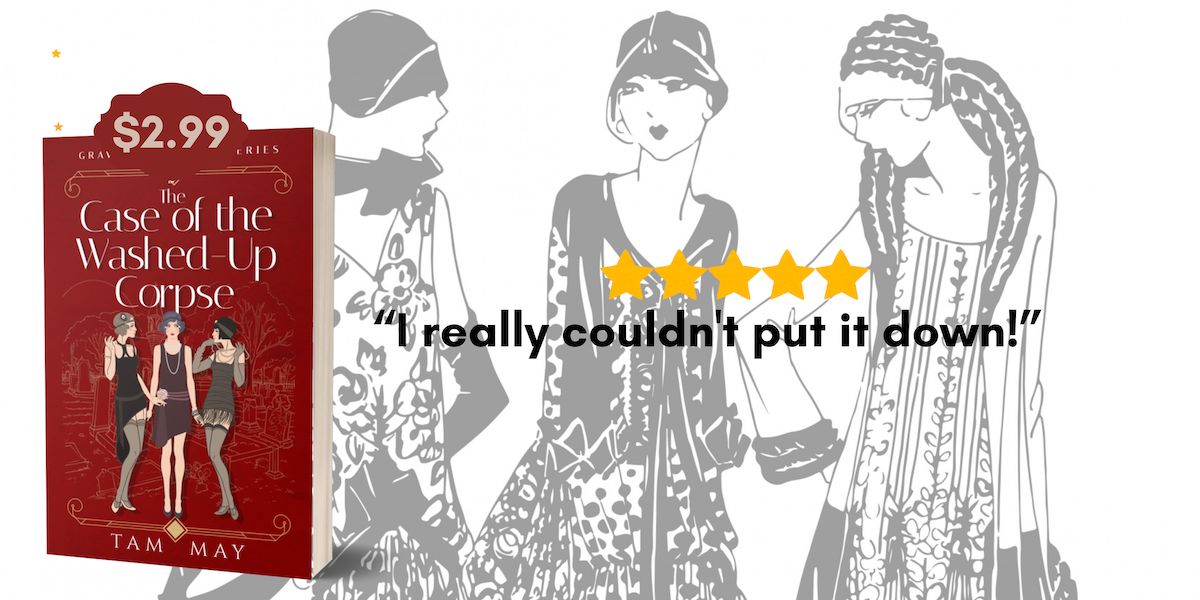
Photo Credit: Dudley Street, Seven Dials, 1872, Wellcome Images, Wellcome Trust, UK: Fae/Wikimedia Commons/CC BY 4.0
I’m starting out this year as a revisionist (in a sense). I’m revising my perspective on my writing and my passion for history by examining what really makes them tick. For those who have been following my blog for a while, you know I’ve had several transformations in the past years. I started out in 2017 as a contemporary literary fiction writer believing in psychological reality in fiction, something I am still fascinated by and still incorporate in much of my fiction. Then I discovered a way to transform my passion for history, especially women’s history, into stories about resilient women and the nooks and crannies of history that don’t always come up in historical fiction.
Last year, I completed the Waxwood Series, my Gilded Age family saga set among San Francisco’s elite. I discovered that my real passion for history lies more in its social and psychological aspects rather than its politics and events. Those terms can sound a little vague and academic, so this month, I’ll be talking about what social history is and what it means in my fiction.
Let’s begin with a simple definition: Social history is history with the human element thrown in. Not that political or economic history isn’t about humans, as all history inevitably is. But you’re more likely to read a book about or set in the Civil War, say, where the people or characters are players in the big event. Social history looks at the people who participated in history, how they were affected by it, and how they influenced it. In my Civil War example, a novel might be about African American soldiers (actual or fictional) and their daily struggles not only with the war itself but with the racism surrounding them on the battlefield, forsaking a more blow-by-blow account of the events of the war. Social history gives us a window into the way people lived and breathed in their time and, sometimes, the values and beliefs they held that we want to acquire or release in the 21st century.
Social history is actually an academic field of study that emerged in the turbulence of the 1960s and 1970s. This isn’t much of a surprise, since much of the social awareness that emerged during these times required knowledge of the past. For example, the Civil Rights movement was built on the oppression and heinous crimes of slavery and on racism not only of the present but of the past. Similarly, the second-wave feminist movement, as I discuss here, took the issues the 19th-century suffragists were fighting for to the next level.
When I say I focus more on social history than on political and economic history, I mean that how my characters live and relate to their environment matters to me. The more academic perspective of social history often looks at the bigger picture, like the movements, systems, and structures of history. These are important, but I also find the way people related to these social structures and lived within them (or rebelled against them) is part of what makes history so fascinating and relevant to us today.
Vivian Alderdice, the main character of the Waxwood Series, is a great example. Like many 19th century women, she is locked in social systems and structures with very rigid definitions of what women should and shouldn’t do. She’s a member of the Nob Hill elite, adhering to the social norms of the aristocratic class (which is especially true in Book 3 of the series, Pathfinding Women). Later, she moves into suffragism and progressivism, but, just as she had to revise her position in her Nob Hill world, she also has to examine her values and beliefs against those of her new world (which you can read about in the last book of the series, Dandelions).
In my upcoming historical mystery series, The Paper Chase Mysteries, social history plays a huge role. The series begins in the first years of the 20th century when many people were still reluctant to leave behind Victorian values for the complexity and fears of the modern. Like Vivian, the series main character is a social reformer, and when she moves from San Francisco to the small, dusty town of Arrojo, her forward-thinking ideas aren’t always embraced, appreciated, or understood.
You can find out more about that series here. The first two books of the Waxwood Series, which were re-edited and refreshed in 2020, are here and here.
Want to explore the nooks and crannies of history that aren’t in the history books? Like social and psychological history and not just historical events? Want in on exclusive sneak peeks, giveaways, and surveys? Then sign up for my newsletter! You’ll get a free short story when you do.

